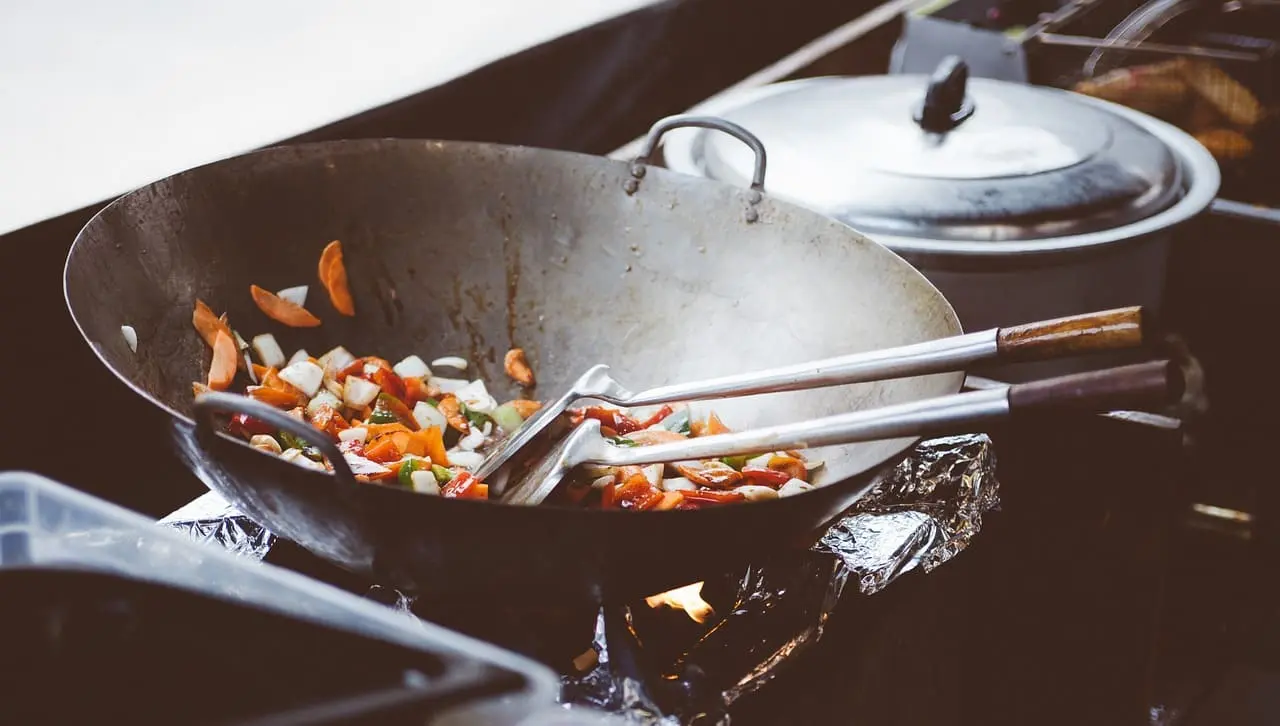Spices are an essential part of any dish, especially in Indian cuisine, where they are used not just for flavor but for their aroma and health benefits. One way to intensify the flavors of spices is by frying them. In this article, we’ll explore the concept of fried spices, their benefits, the types of frying methods, and how you can incorporate fried spices into your cooking to take your dishes to the next level.
What are Fried Spices?
Fried spices refer to whole or ground spices that are lightly sautéed in hot oil or ghee (clarified butter). Frying spices releases their essential oils, enhancing their flavors and making their aromatic compounds more prominent. This method of preparing spices is widely used in Indian, Southeast Asian, and Middle Eastern cuisines.
When spices are fried, they become more fragrant and flavorful, transforming a simple dish into something rich and complex. The process of frying also removes any raw, bitter taste from the spices, leaving behind a more subtle, earthy, or sweet flavor, depending on the spice.
Benefits of Frying Spices
Frying spices comes with several benefits that can elevate your cooking:
- Enhanced Aroma: The heat from frying helps to release the essential oils in spices, which adds a more intense aroma to your dishes.
- Rich Flavor: Fried spices bring out deeper and more complex flavors that can transform the taste profile of any dish. It creates a depth that raw or ground spices often cannot achieve.
- Balanced Bitterness: Frying helps mellow out the natural bitterness found in some spices like cumin or fenugreek, making them more palatable.
- Improved Texture: Whole spices like mustard seeds, cumin seeds, or coriander seeds develop a crunchy texture when fried, adding an enjoyable bite to your dishes.
- Increased Shelf Life: When fried, the moisture content in spices reduces, which may extend their shelf life, especially if stored properly.
Types of Frying
There are different methods for frying spices, each serving a different purpose depending on the dish:
- Tempering (Tadka): This is a traditional method used in Indian cuisine, where whole spices like mustard seeds, cumin, or fenugreek are fried in hot oil or ghee. Tempering is usually done at the beginning of a recipe, and the fried spices are often added to dals, curries, or soups to enhance flavor.
- Dry Roasting: This method involves frying spices without oil in a hot pan. Dry roasting is commonly used for spices like coriander, cumin, and peppercorns, which can then be ground into a powder for use in various recipes.
- Slow Frying: This method is used when you want to extract maximum flavor from spices. The spices are fried over low heat for an extended period, allowing the flavors to develop fully. It’s ideal for creating complex bases for dishes like curries or stews.
What Spices Should I Fry?
While most spices benefit from frying, there are some that truly shine when exposed to heat:
- Mustard Seeds: The mustard seeds pop and release a nutty flavor when fried, making them perfect for South Indian dishes like rasam or sambhar.
- Cumin Seeds: Frying cumin seeds in hot oil makes them fragrant and enhances their earthy taste. They are often used in Indian and Mexican cuisines.
- Coriander Seeds: The coriander seeds develop a citrusy and slightly sweet flavor when fried, making them a great addition to marinades and curries.
- Fenugreek Seeds: Known for their bitterness, frying fenugreek seeds balances their flavor, making them ideal for pickles and lentil dishes.
- Cardamom Pods: When fried, green cardamom pods release their aromatic oils, which add a warm and sweet flavor to both savory and sweet dishes.
- Cloves and Cinnamon: These warm spices release their essential oils when fried, adding depth to rice dishes, curries, and desserts.
- Turmeric: Although often used in powdered form, frying turmeric can enhance its slightly bitter and earthy taste. It is a key ingredient in tempering.
How to Use Fried Spices in Cooking
Now that you know the benefits and types of fried spices, here’s how you can incorporate them into your cooking:
- Tadka for Lentils and Curries: Start by heating oil or ghee in a pan. Once hot, add mustard seeds, cumin, or other whole spices. Let them sizzle and pop for a few seconds before adding them to your lentil soups, curries, or stews. The fried spices add a depth of flavor that elevates these dishes.
- Seasoning Rice: Fried spices can add an aromatic touch to plain rice. Heat some oil, add cumin or cinnamon sticks, and then toss the spices with cooked rice. This simple step transforms plain rice into a flavorful side dish.
- Enhancing Marinades: Before marinating meats or vegetables, fry spices like cumin, coriander, or fennel seeds. Mix them into your marinade for a rich, flavorful base.
- Flavorful Stir-fries: Add fried spices to your stir-fries for an added layer of flavor. Spices like cumin, mustard seeds, and curry leaves work well with vegetables, meats, and tofu.
- Boosting Soups and Stews: Start by frying spices like bay leaves, cloves, and cinnamon in a bit of oil. Once aromatic, add your vegetables or broth. The fried spices will infuse the soup or stew with deep, warming flavors.
Conclusion
Frying spices is a simple yet effective technique that can elevate your dishes by bringing out the full potential of their flavors and aromas. By incorporating fried spices into your cooking, you can transform everyday meals into unforgettable culinary experiences. Whether you’re making traditional Indian dishes or experimenting with global cuisines, the spices from Kerala Spices Wholesale will help you take your cooking to the next level. Try out different spices, experiment with tempering, and discover the magic of fried spices!


